Understanding Injection Molding: A Comprehensive Overview
What Is Injection Molding?
Injection molding is a manufacturing process utilized to produce parts by injecting molten material into a mold. This process is widely used for producing plastic parts but can also apply to metals and ceramics. In broad strokes, the procedure involves heating the raw material until it reaches a liquid state, then forcing it into a mold cavity under high pressure, allowing it to cool and take shape. This technique is favored for its efficiency, accuracy, and ability to produce high volumes of consistent-quality products. Many injection molding companies offer specialized services tailored to unique project requirements.
Key Benefits of Choosing Injection Molding
The injection molding process offers numerous advantages, making it a preferred choice for many manufacturers. Some of the critical benefits include:
- High Efficiency: The ability to produce large volumes of parts quickly while maintaining uniformity is paramount in reducing production time.
- Material Versatility: A wide variety of materials can be used, including thermoplastics, thermosetting plastics, and elastomers, thus allowing for customization based on product requirements.
- Cost-Effectiveness: For larger production runs, the cost per unit decreases significantly, making it economically viable.
- Complex Designs: The process allows for the creation of intricate and complex parts that are difficult to achieve using other methods.
- Minimal Waste: Injection molding is highly efficient; excess material can often be recycled and reused, resulting in reduced material waste compared to other manufacturing methods.
Applications Across Industries
Injection molding is ubiquitous across various sectors, including:
- Automotive: Parts such as dashboards, panels, and various fixtures are commonly produced via injection molding.
- Consumer Goods: Everyday items, from toys to household items, benefit from injection molding’s efficiency and customizability.
- Medical: The medical industry employs injection molding for producing components like syringes, surgical instruments, and devices, often requiring stringent quality control.
- Electronics: Enclosures and parts for electronic devices are frequently manufactured using this method due to precision requirements.
- Aerospace: Lightweight and complex components that are critical for the aerospace industry can also be efficiently produced with injection molding.
Top Injection Molding Companies: Industry Leaders
Comparative Analysis of Market Leaders
The landscape of injection molding is competitive, with several companies standing out due to their expertise, innovation, and customer service. Companies like Texas Injection Molding and USA Injection Molding are leaders in this space, providing a range of services that cater to various industry needs. When comparing these companies, factors such as their service array, technological advancements, and customer satisfaction ratings play significant roles.
Unique Services Offered by Top Firms
Leading injection molding companies often differentiate themselves through unique services that go beyond basic molding. Here are some of the standout offerings:
- Rapid Prototyping: Using CNC machining and 3D printing to create prototypes quickly allows businesses to test their designs before full-scale production.
- Custom Tooling: Expert firms offer the design and manufacture of custom molds tailored specifically to client specifications, ensuring perfect fits and functions.
- End-to-End Solutions: Some companies provide integrated services, including design, manufacturing, assembly, and logistics, streamlining the supply chain.
- Material Specialization: Companies may focus on specific materials (e.g., biodegradable plastics) that cater to niche markets or sustainability initiatives.
Case Studies of Successful Collaborations
Examining successful collaborations between clients and injection molding firms showcases the effectiveness of this process:
For instance, a prominent automotive manufacturer partnered with a leading injection molding company to produce lightweight components that reduced overall vehicle weight by 30%. This collaboration involved thorough design validation and material selection, highlighting the importance of expertise in both design and manufacturing.
Choosing the Right Injection Molding Company
What to Look for in a Partner
Selecting the right injection molding company is crucial for the success of a project. Consider these factors:
- Experience and Expertise: Assess the company’s background and expertise in specific industries relevant to your needs.
- Technology and Facilities: Examine the technology and equipment the company employs. Modern machines and processes enhance quality and efficiency.
- Customer Testimonials: Look for reviews and case studies that demonstrate the company’s past performance and customer satisfaction.
- Quality Assurance: A strong commitment to quality, including certifications like ISO, indicates a company’s dedication to maintaining high standards.
Evaluating Company Capabilities and Certifications
Understanding a company’s capabilities helps ensure it can meet specific needs:
Review certifications such as ISO 9001 for quality management systems and ISO 13485 for medical device manufacturing. These credentials ensure the company adheres to strict quality controls and industry standards, thereby reducing risks associated with product defects.
Questions to Ask Before Hiring
Asking the right questions can provide insights into an injection molding company’s fit for your project:
- What is your lead time for production?
- Can you provide samples of similar work you’ve done?
- What measures do you have in place for quality control?
- How do you handle issues related to production delays or defects?
Innovations in Injection Molding: Trends and Technologies
Emerging Technologies in the Injection Molding Process
The landscape of injection molding continues to evolve with innovations such as:
- Industry 4.0: Automation and data analytics are increasingly integrated into injection molding processes, enhancing efficiency and productivity.
- 3D Printing: The marriage of injection molding and 3D printing technologies allows for rapid prototyping and reduced material waste.
- Multi-Material Molding: This technology enables manufacturers to use different materials in a single product, offering innovative design possibilities.
Sustainability in Injection Molding Practices
With rising environmental concerns, sustainability has become a focal point in the injection molding industry. Initiatives include:
- Recyclable Materials: Increasing the usage of eco-friendly and recyclable materials reduces the overall environmental impact.
- Energy Efficiency: Companies are turning to machines that use less energy while maintaining high output levels.
Future Challenges and Opportunities in the Industry
As the industry progresses, there are both challenges and opportunities:
- Supply Chain Disruptions: Global events can impact raw material availability, requiring flexibility and adaptability from injection molding companies.
- Technological Disruption: Keeping pace with fast-evolving technologies demands investment and continuous learning.
Maximizing Your Investment in Injection Molding
Cost Factors of Injection Molding
Understanding the cost structure associated with injection molding is fundamental for budget planning:
Major cost factors include mold design and manufacturing, raw materials (these vary greatly based on the type used), labor, and overhead costs. Generally, the initial mold costs can be substantial but can be amortized over high-volume production runs, reducing per-unit costs significantly.
Ways to Optimize Production Efficiency
Implementing best practices increases efficiency and optimizes production costs:
- Invest in Advanced Machinery: Upgrading to newer models can significantly improve cycle times and reduce energy consumption.
- Conduct Regular Maintenance: Preventive maintenance helps avoid costly downtime and extends equipment lifespan.
- Streamline Processes: Utilizing lean manufacturing principles can help eliminate waste and enhance productivity.
Measuring Success: Key Performance Indicators
Establishing metrics is critical for monitoring production success:
- Production Efficiency: Analyze the total output against the planned output to gauge efficiency.
- Defect Rates: Tracking the rate of production defects can pinpoint areas needing improvement.
- Material Utilization: Assessing how effectively raw materials are converted to finished products can highlight waste reduction opportunities.
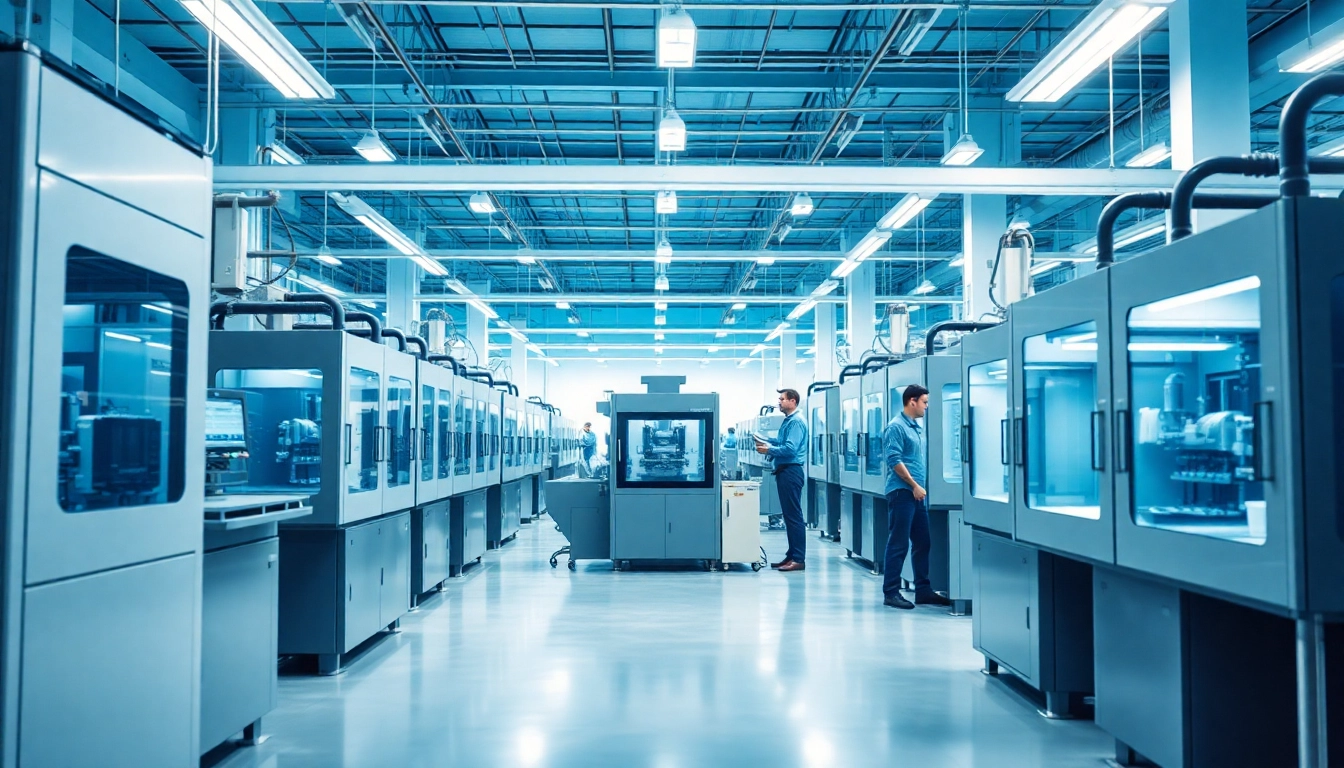

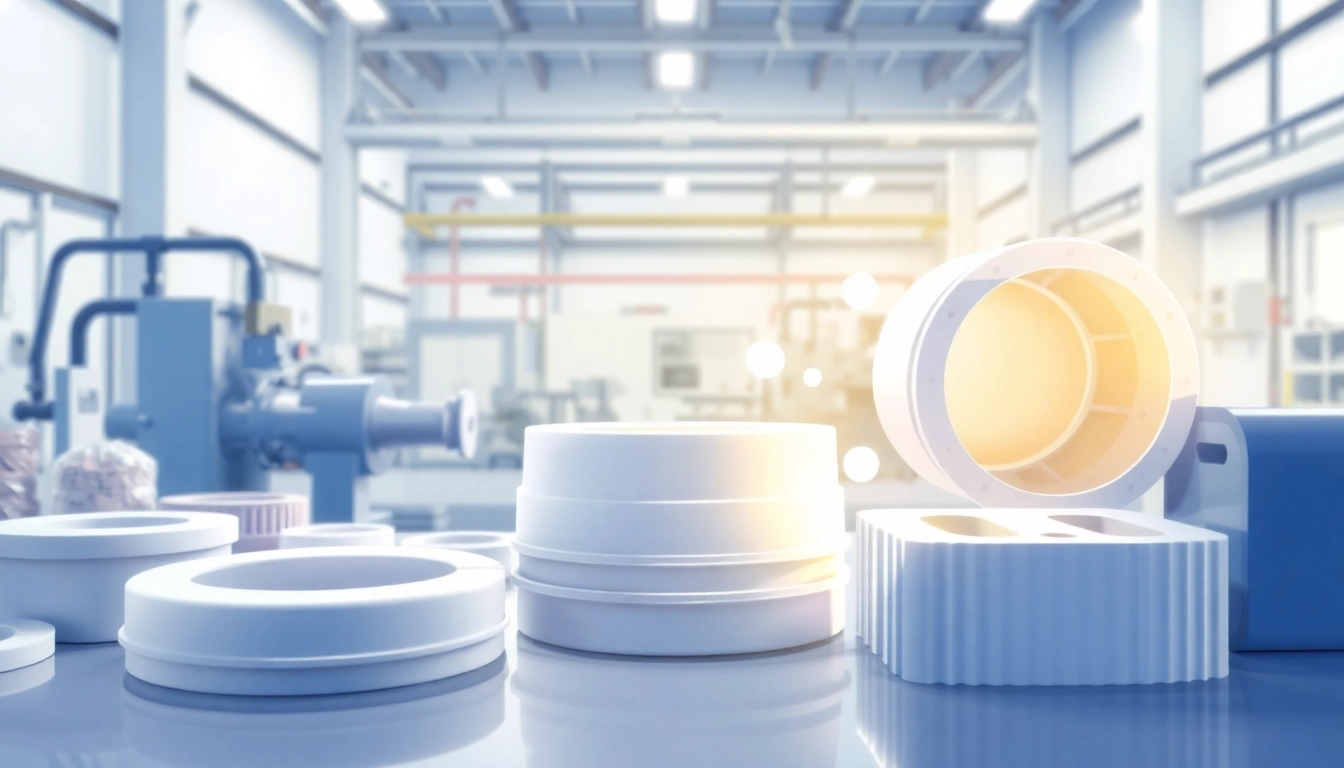
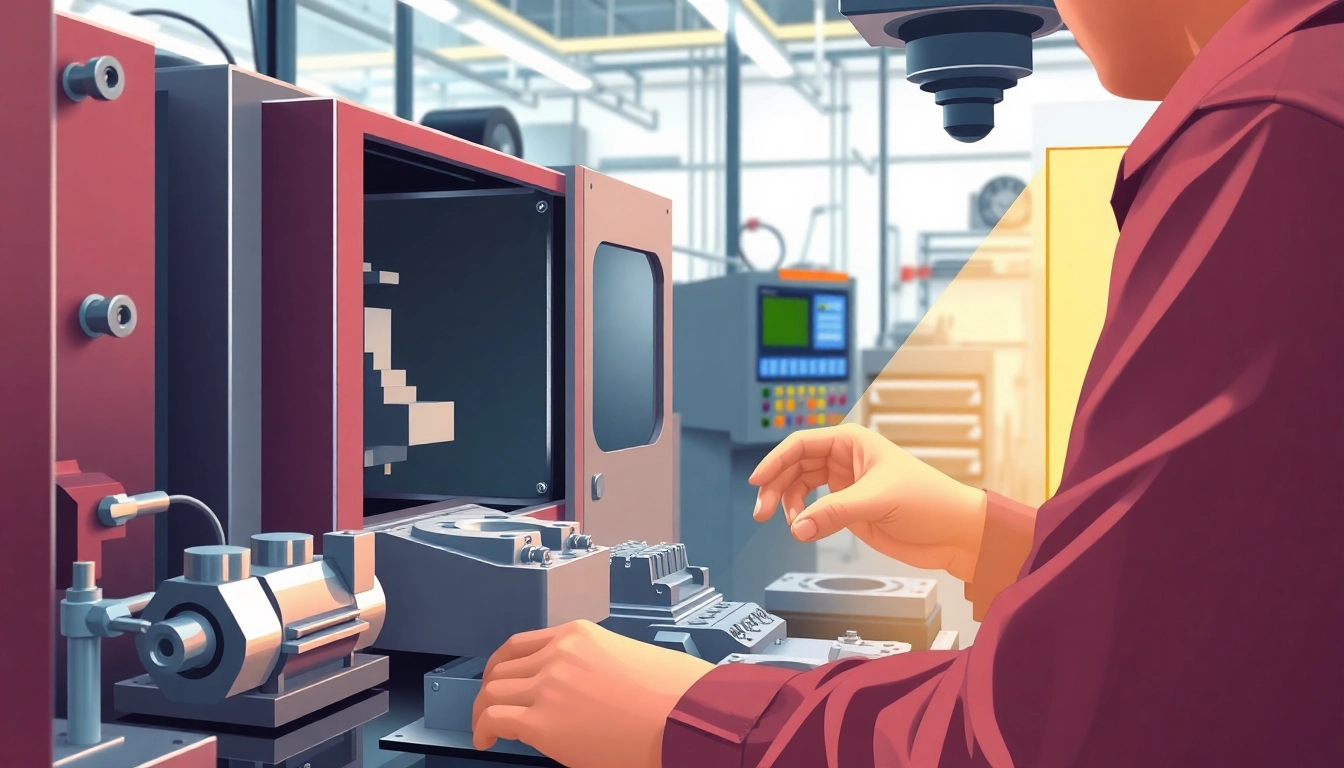
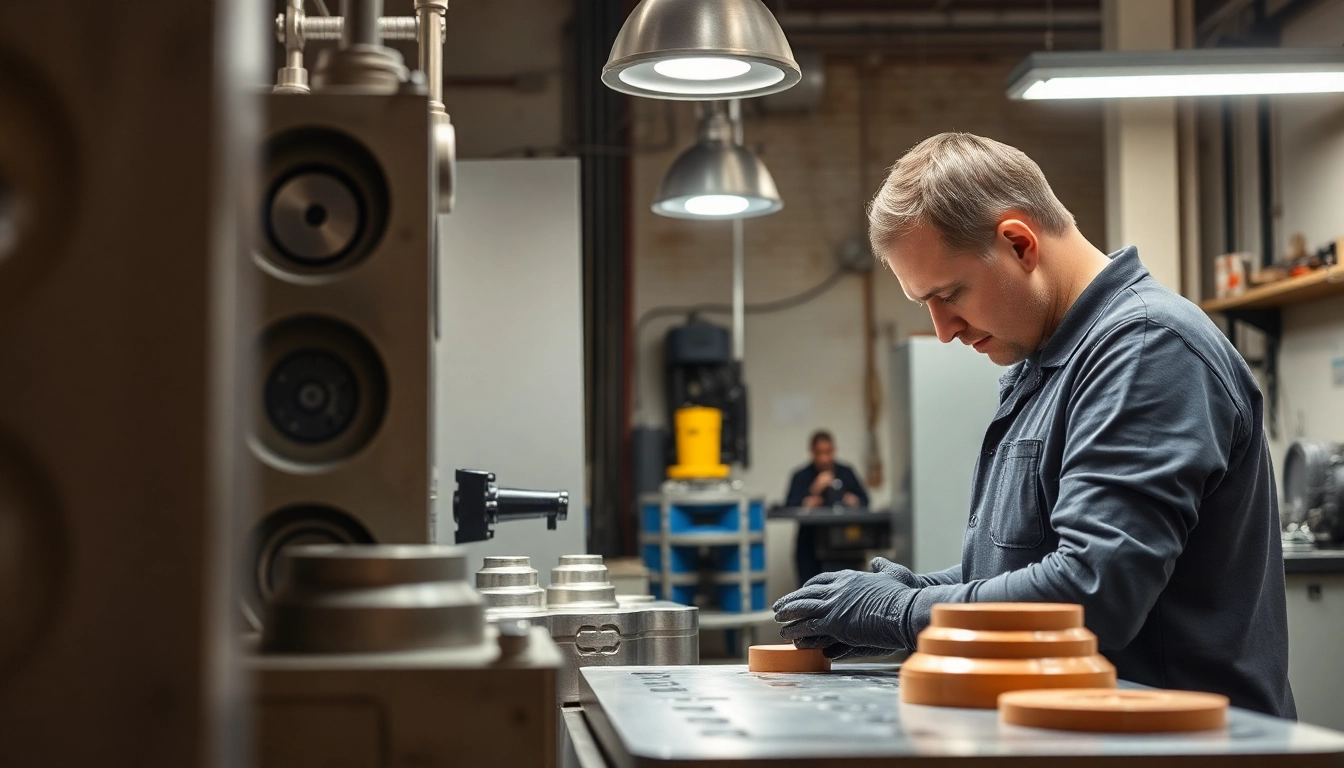
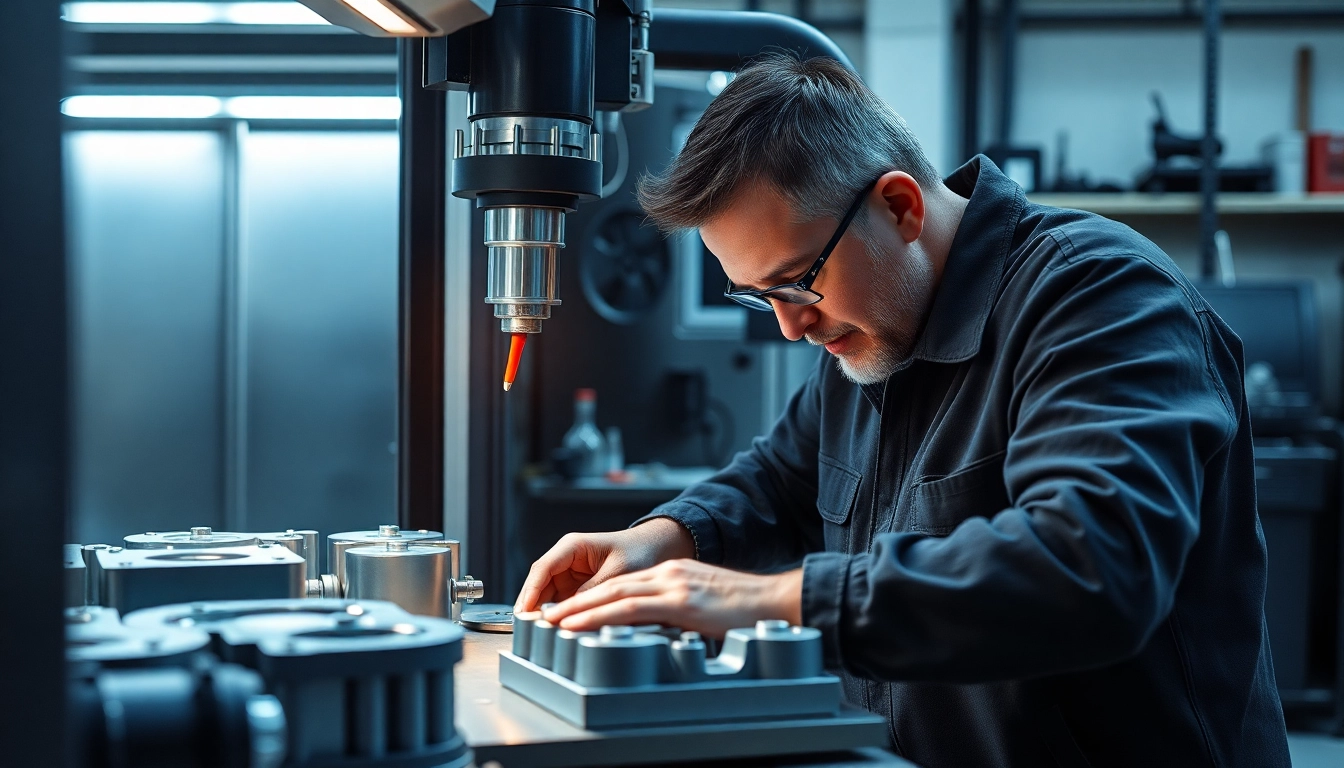

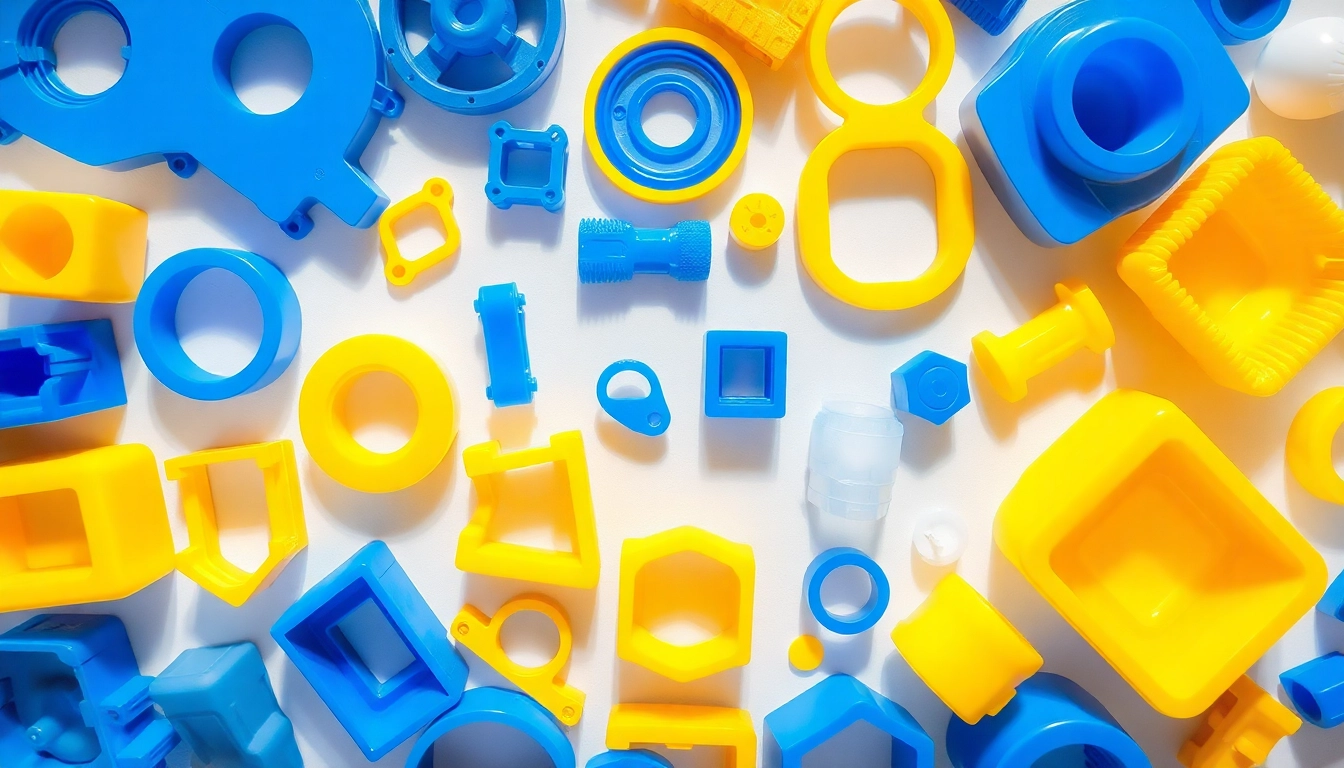

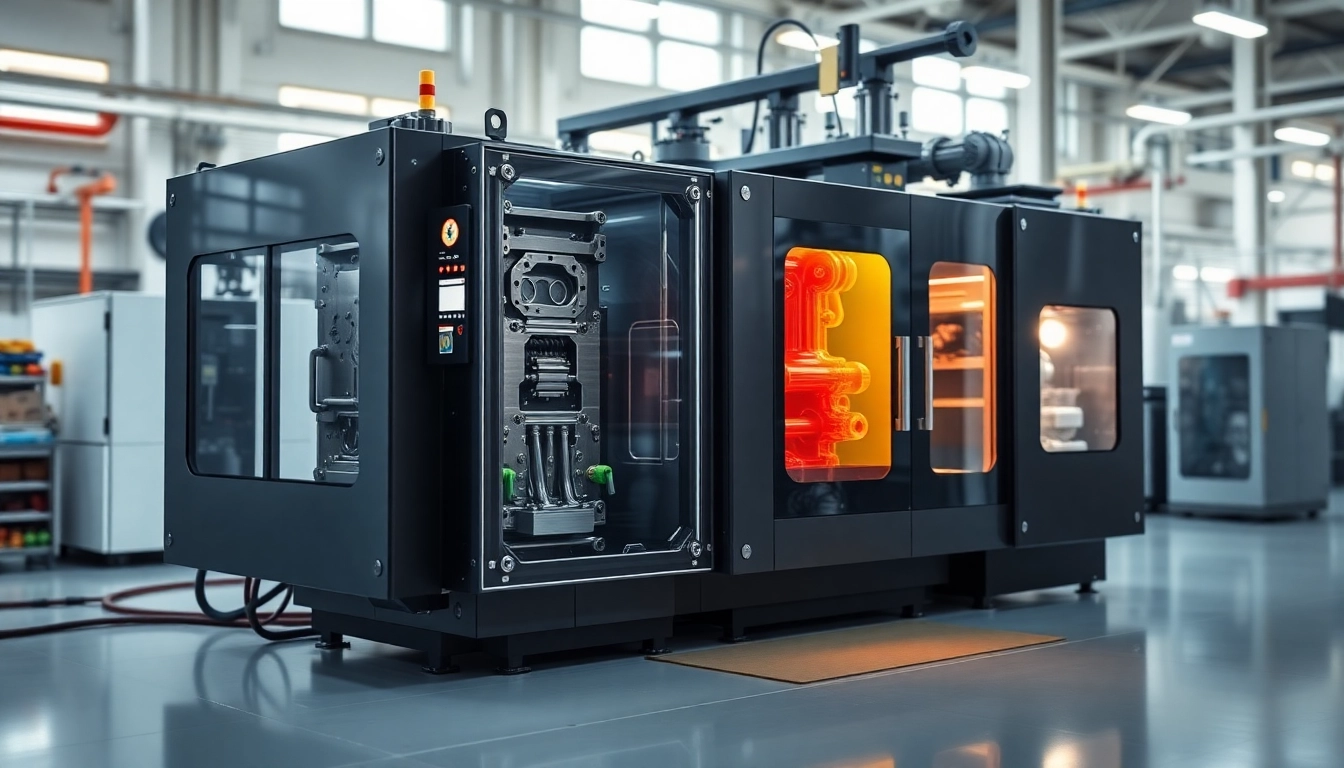
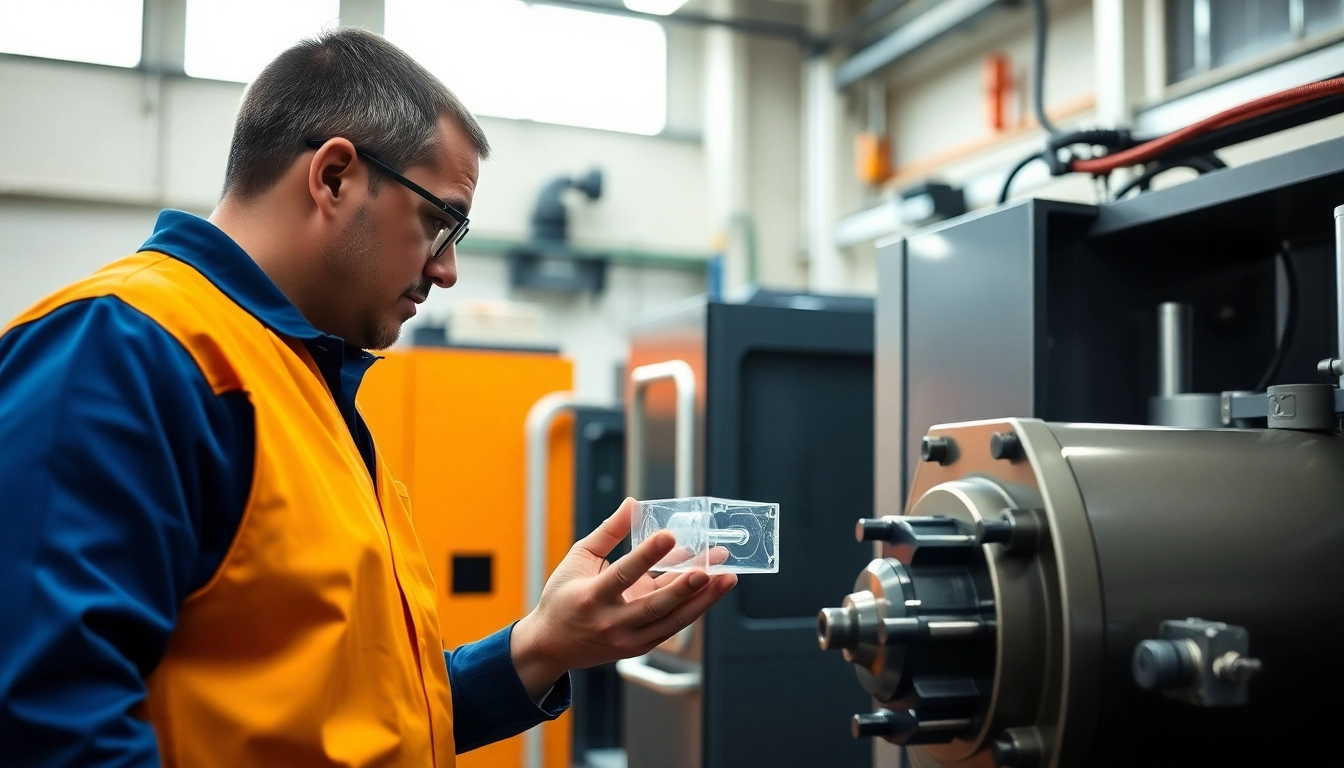




Leave a Reply